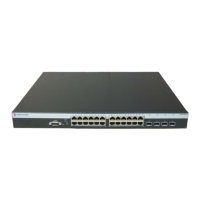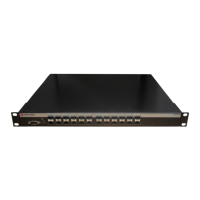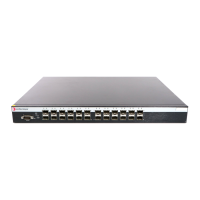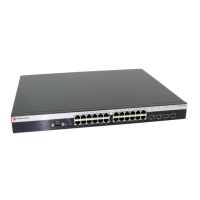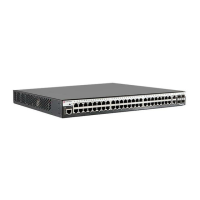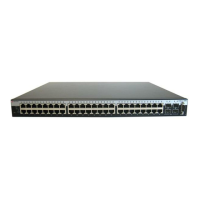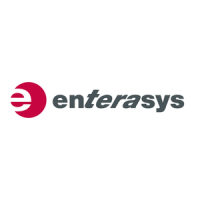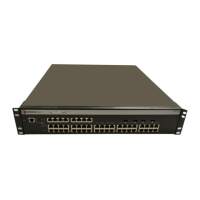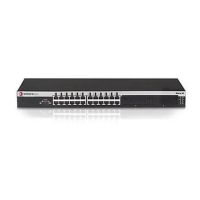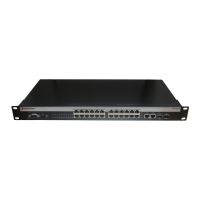DHCP Configuration
4-16 System Configuration
192.168.10.10 1 1 Active
DHCP Configuration
Dynamic Host Configuration Protocol (DHCP) for IPv4 is a network layer protocol that
implements automatic or manual assignment of IP addresses and other configuration information
to client devices by servers. A DHCP server manages a user-configured pool of IP addresses from
which it can make assignments upon client requests. A relay agent passes DHCP messages
between clients and servers which are on different physical subnets.
DHCP Relay Agent
The DHCP/BOOTP relay agent function can be configured on all of the switch ’s routing
interfaces. The relay agent can forward a DHCP client’s request to a DHCP server located on a
different network if the address of the server is configured as a helper address on the receiving
interface. The relay agent interface must be a VLAN which is configured with an IP address. Refer
to the ip helper-address command in the CLI Reference for your platform for more information.
DHCP Server
DHCP server functionality allows the switch to provide basic IP configuration information to a
client on the network who requests such information using the DHCP protocol.
DHCP provides the following mechanisms for IP address allocation by a DHCP server:
• Automatic—DHCP server assigns an IP address to a client for a limited period of time (or
until the client explicitly relinquishes the address) from a defined pool of IP addresses
configured on the server.
• Manual—A client’s IP address is assigned by the network administrator, and DHCP is used
simply to convey the assigned address to the client. This is managed by means of “static”
address pools configured on the server.
The amount of time that a particular IP address is valid for a system is called a lease. The switch
maintains a lease database which contains information about each assigned IP address, the MAC
address to which it is assigned, the lease expiration, and whether the address assignment is
dynamic (automatic) or static (manual). The DHCP lease database is stored in flash memory.
In addition to assigning IP addresses, the DHCP server can also be configured to assign the
following to requesting clients:
• Default router(s)
• DNS server(s) and domain name
• NetBIOS WINS server(s) and node name
• Boot file
• DHCP options as defined by RFC 2132
Note: DHCP Relay Agent is not supported on the I-Series platform because the I-Series does not
support routing.
Note: A total of 16 address pools, dynamic and/or static, and a maximum of 256 addresses for the
entire switch, can be configured on the Fixed Switch platforms
.
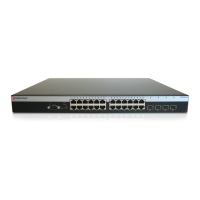
